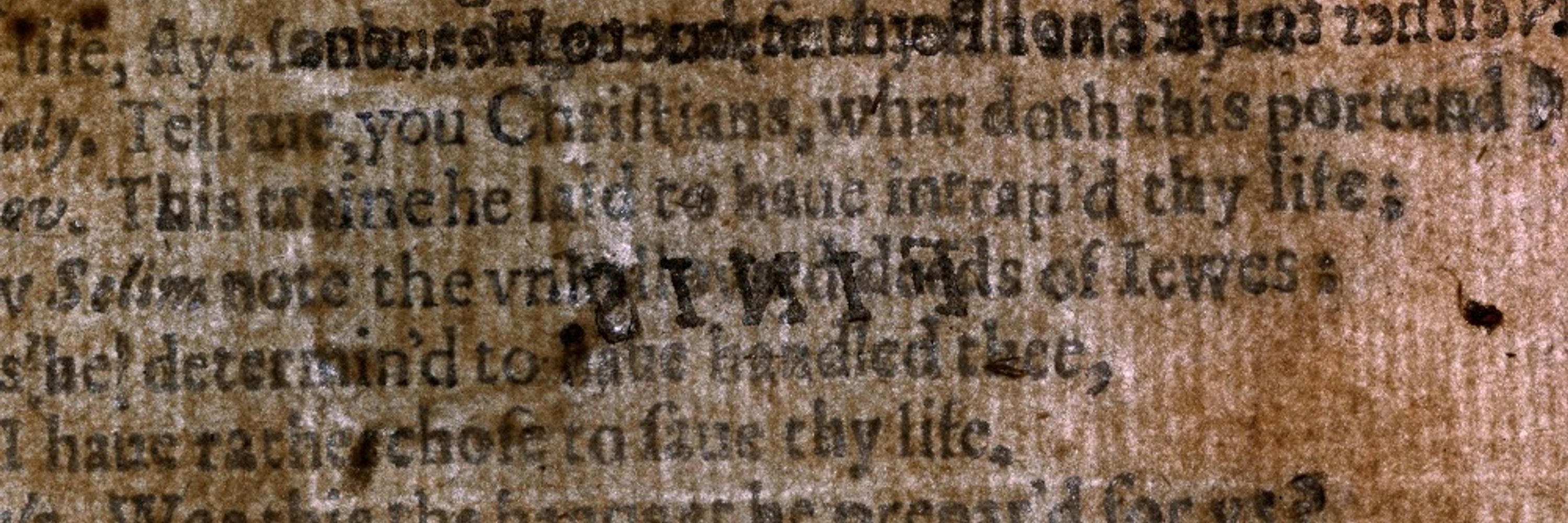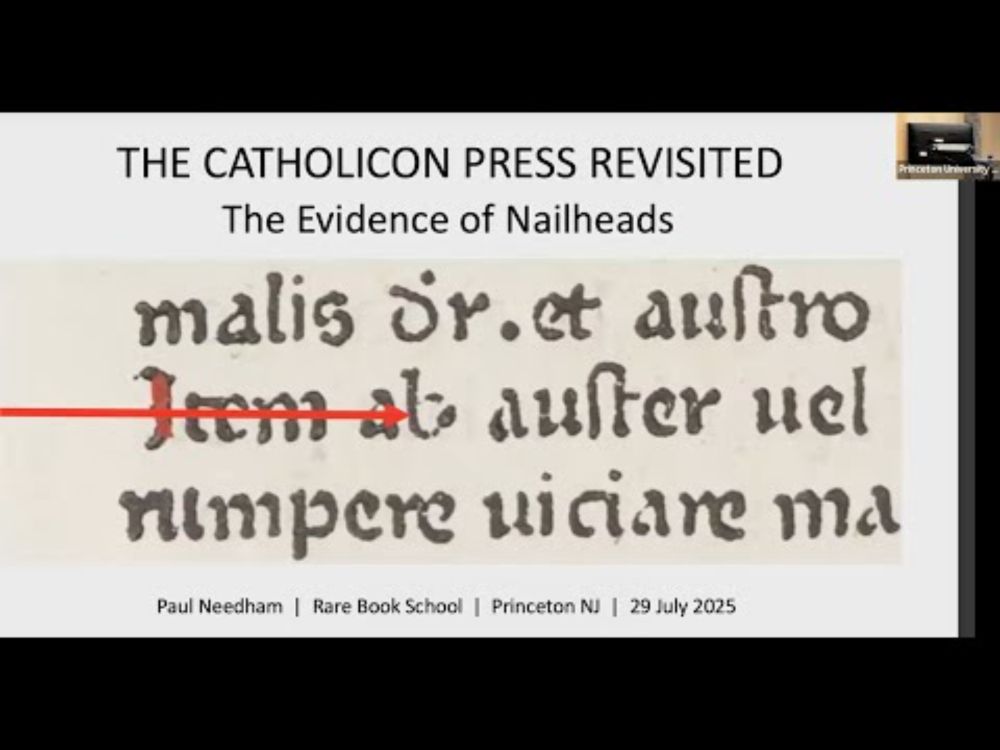Aaron T. Pratt
@aarontpratt.bsky.social
1.2K followers
260 following
260 posts
Pforzheimer Curator of Early Books & Manuscripts at the Harry Ransom Center. Bibliographer, book historian, and VHS guy.
Posts
Media
Videos
Starter Packs
Aaron T. Pratt
@aarontpratt.bsky.social
· Aug 13
Aaron T. Pratt
@aarontpratt.bsky.social
· Aug 13
Aaron T. Pratt
@aarontpratt.bsky.social
· Aug 13
Reposted by Aaron T. Pratt
Aaron T. Pratt
@aarontpratt.bsky.social
· Jul 27


![Biblia latina (Mainz: Johann Gutenberg and Johann Fust, between 1454 and 1456). 603 verso and 604 recto
Today, we expect the text in most books to be black. To navigate pages, we rely on variations in typography and layout: display fonts, centered text, indents, and other creative uses of white space. These design elements signal chapter, paragraph, and other content divisions. When Gutenberg and his team were developing their new printing technology, though, color often did this work. Aware of readers’ expectations, they developed a two-pass process for including red text alongside black but quickly judged it too time-consuming. After only five pages with red print, they began leaving blank spaces for customers to fill in later, by hand.
For initial capitals, chapter numbers, and running headers, the scribes who helped turn Gutenberg’s black-and-white sheets of print into readable pages needed to be reasonably familiar with the Bible and fluent in Latin. In the leftmost column, for instance, the scribe had to know that “dmone” calls for an “A” in front. Admone illos. Admonish them. Perhaps unsurprisingly, mistakes with initials were not uncommon. Here, the red “P” beginning “Philemoni” appears on top of a blue “T.” A scribe had originally written the letter that begins “Thytum” in the preface to Titus, which is on the previous page.
Gutenberg’s team did try, at least, to eliminate guesswork when it came to the longer text marking transitions between books and prefaces: they printed all of it in an eight-page guide that survives today in only two copies. If followed, each space would be perfectly filled. The Carthusians who first owned the Ransom Center’s Bible, though, frequently misjudged what to write, suggesting that they didn’t have the guide at hand. Here are the four pieces of transitional text that should appear in this opening: [image showing the lines as they appear in the guide].](https://cdn.bsky.app/img/feed_thumbnail/plain/did:plc:ixfqdtqfdxcgymc3665hjnvu/bafkreidul3exsd5bduxgpcrmmpardbpijupcst6fcfwwx46hjynpck2jl4@jpeg)











